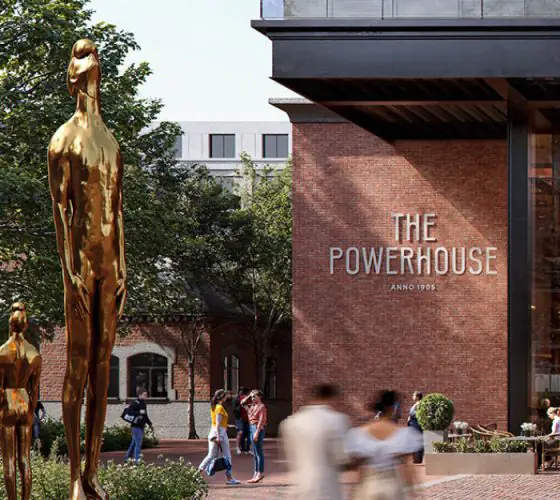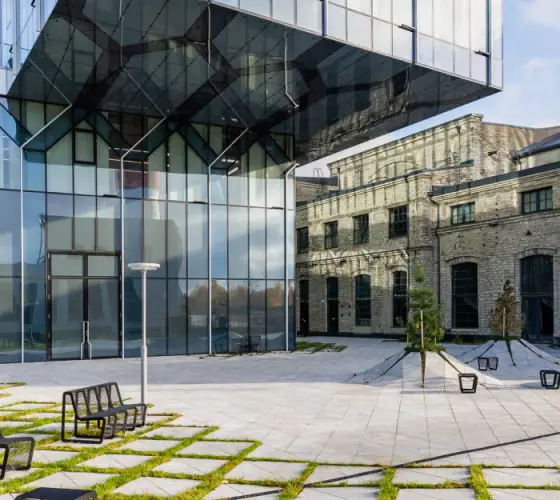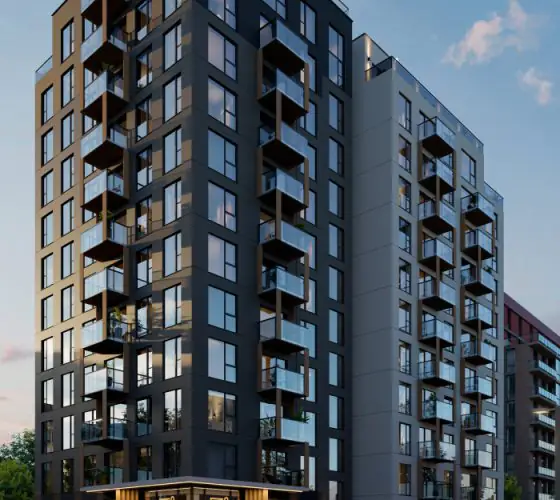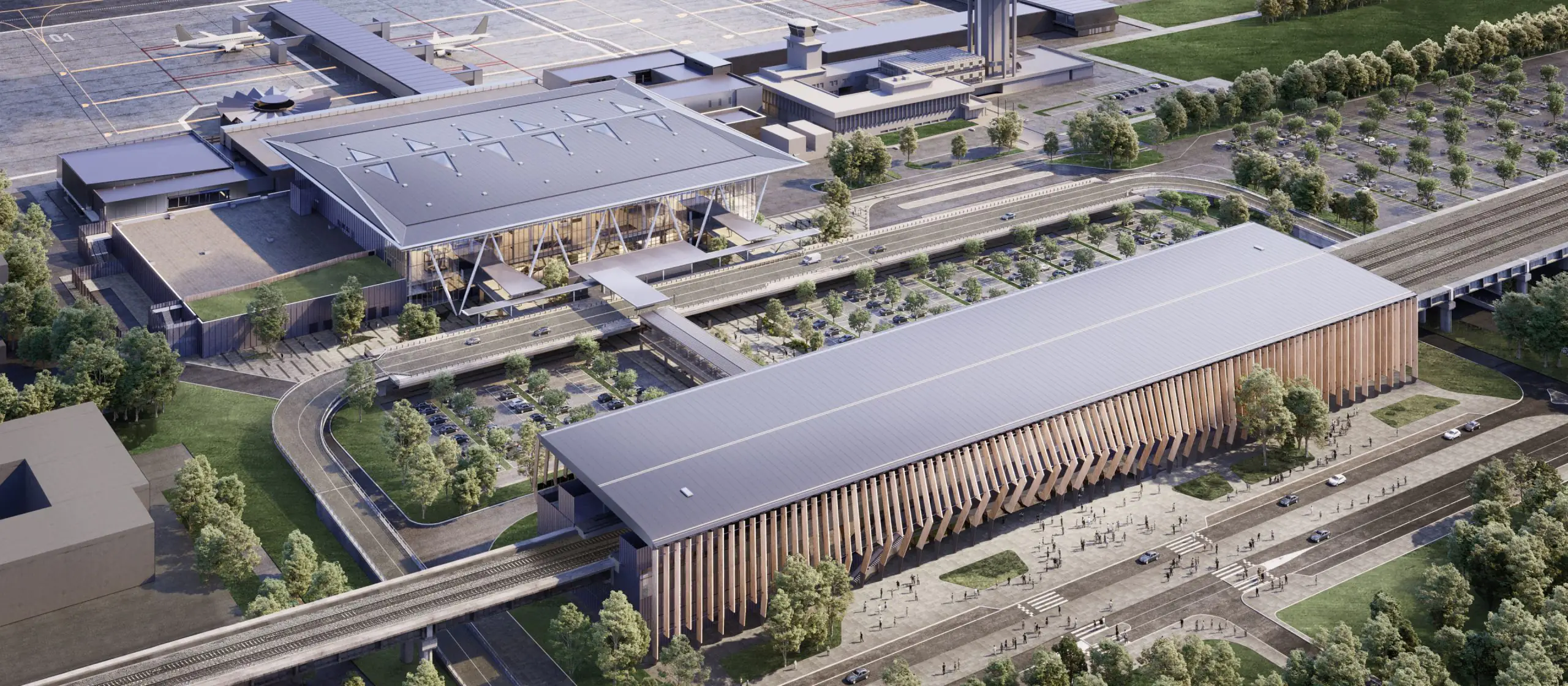
The capital’s airport is preparing for a major transformation. According to the strategic development plan, the initiatives go far beyond increasing capacity and upgrading the terminal. They include the integration of railway connections through the construction of Rail Baltica, the development of adjacent areas, and the formation of a new airport city.
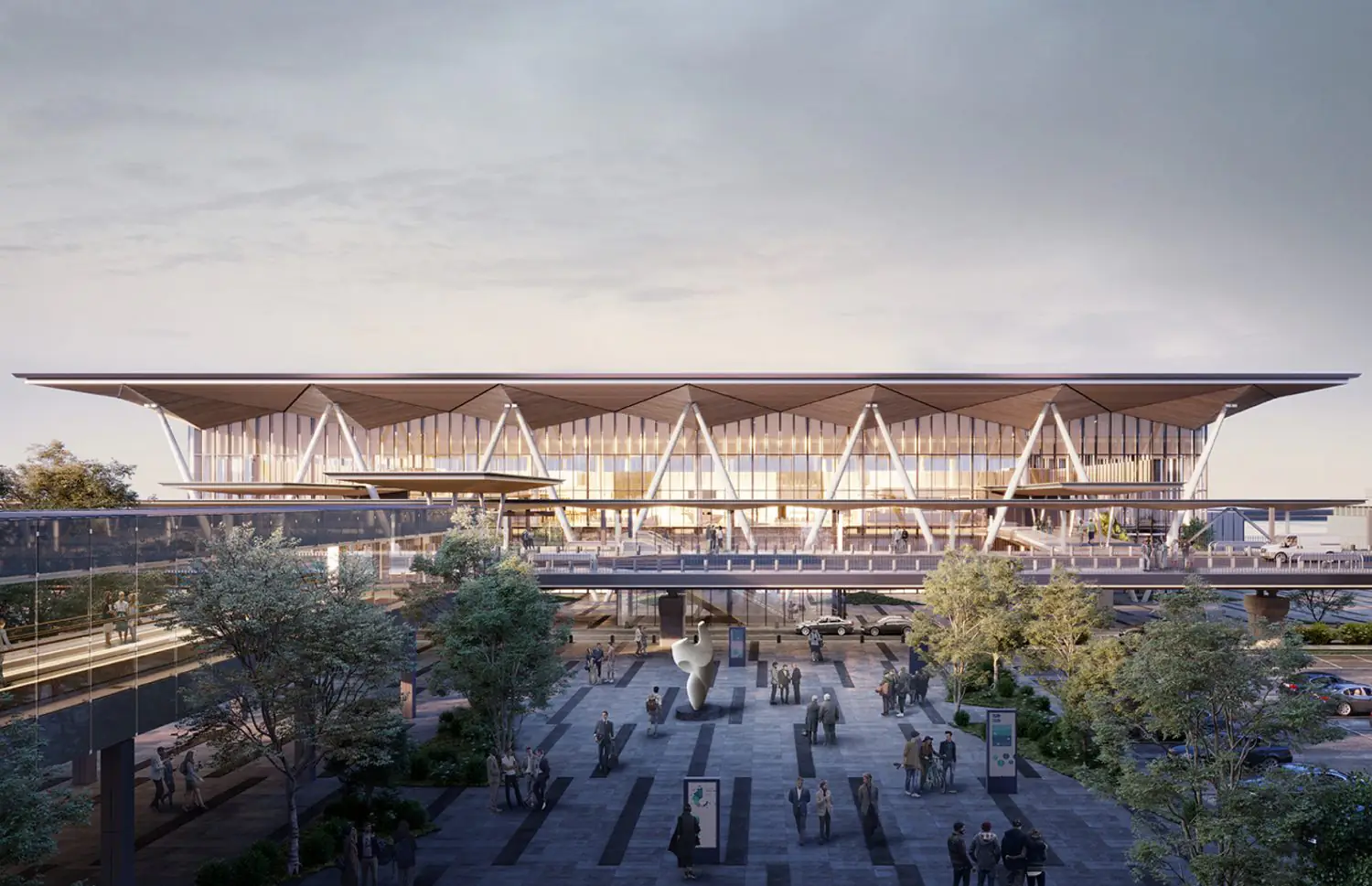
Amid growing passenger traffic and rising regional competition, this strategic plan represents not just a technical necessity but an important part of Riga’s urban development and its international positioning. The total investment required for the plan is estimated at around €800 million.
Layout and Amenities
The main focus of the new development phase at Riga Airport is to create a comfortable, well-connected environment. Construction of the Rail Baltica station at the airport continues, which will provide not only a faster connection between Riga’s city centre and the airport but also direct links to other Baltic capitals.
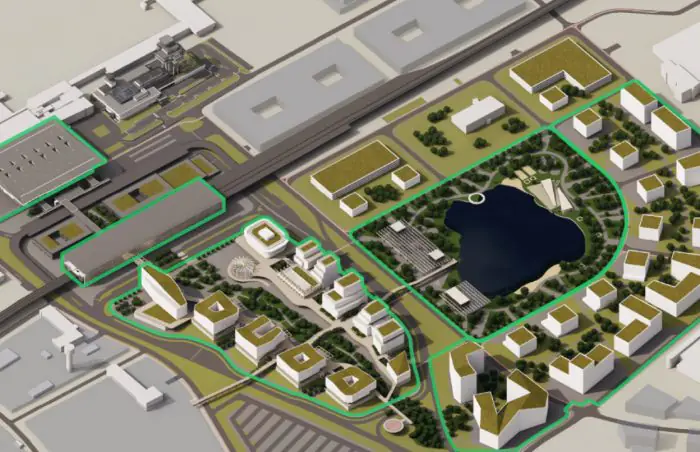
In addition, the RIX Airport City project outlines the development of the area surrounding the airport, including Class A office buildings, a hotel, retail and entertainment zones, as well as parks and public spaces.
Modernisation
The development strategy includes the construction of a new passenger terminal with a total area of up to 45,000 m², designed to handle up to 12 million passengers per year. Construction is scheduled to begin in early 2026, with completion and commissioning planned for 2028–2029 (TRBusiness). During this period, the existing terminal will remain operational.
The first phase of the airport’s upgrade, to be completed by 2030, includes the construction of the new passenger terminal, an additional fourth apron, the renovation and extension of existing taxiways, and the construction of a new air traffic control tower — all of which will expand the airport’s arrival and departure capacity. This initial phase also encompasses the first stage of developing the airport’s new “city” area.
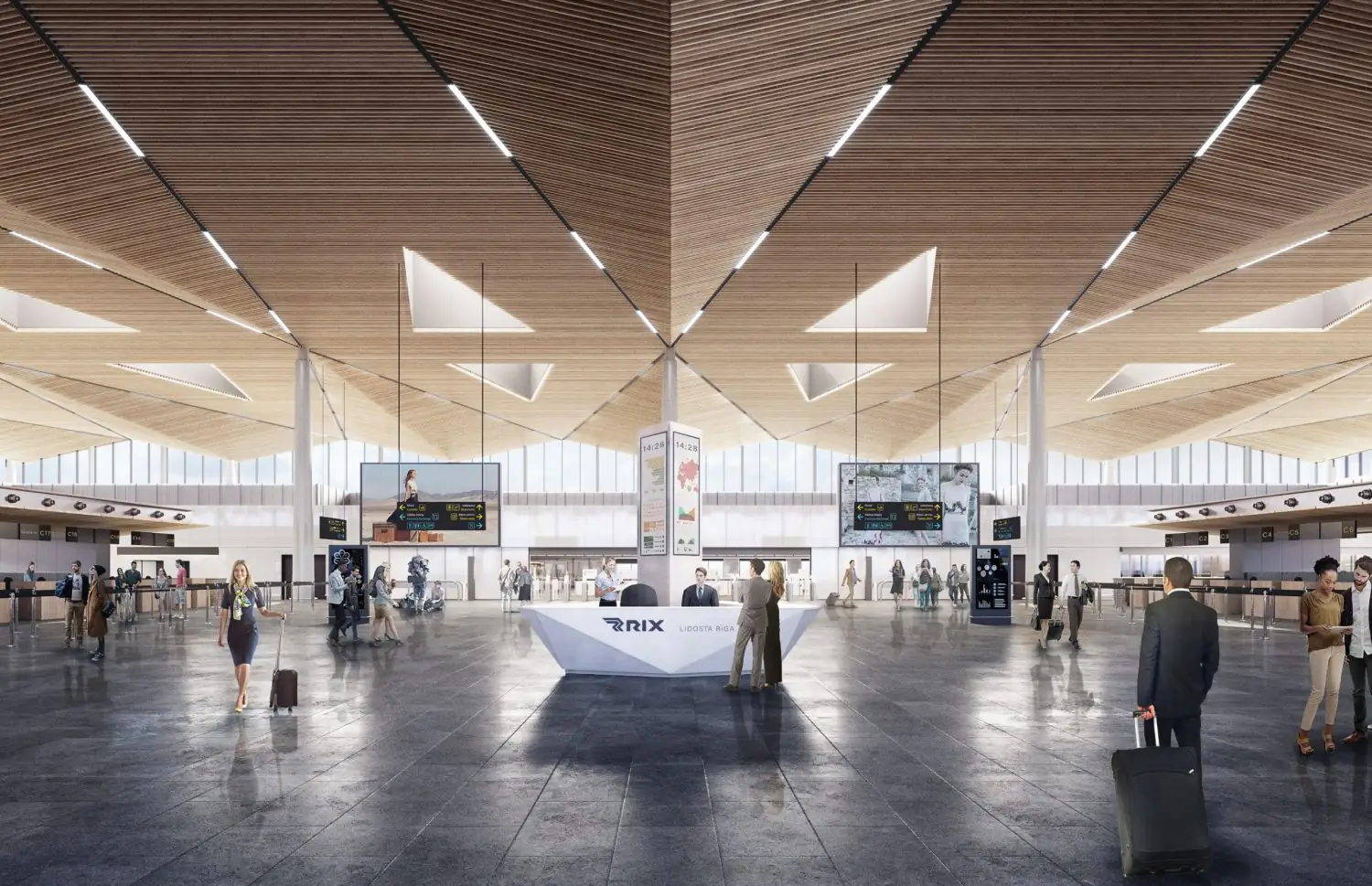
RIX Airport City: A Mini-City
RIX Airport City is a multifunctional complex that transforms the Riga Airport area into a modern business and public hub. Covering 24 hectares, the project includes Class A office buildings, a four-star hotel, retail and service facilities, as well as public spaces.
Around 10% of the area is dedicated to parks and pedestrian zones, creating a balance between business activity and comfort.
Infrastructure
The project’s infrastructure elements include access roads, multi-level parking facilities, and areas for logistics and cargo operations. At the same time, extensive engineering and construction works are underway within the airport territory to support the Rail Baltica overpasses. As of July 2025, more than 110,445 m² of new roads, 56 km of utilities, and 30,000 m³ of concrete have been completed.

Financially, the project is supported by major international banks: the Riga Airport terminal reconstruction project has received a financing proposal from the European Bank for Reconstruction and Development (EBRD) and other institutions.
Sustainability and Noise Management
In Riga Airport’s long-term strategy, sustainability is defined as one of the key priorities. The 2025–2050 development plan focuses on reducing the airport’s carbon footprint, improving energy efficiency, and minimising environmental impact. Planned measures include a transition to renewable energy sources, the installation of solar panels on the new terminal buildings, the development of rainwater collection and recycling systems, and the expansion of charging infrastructure for electric vehicles and airport equipment.
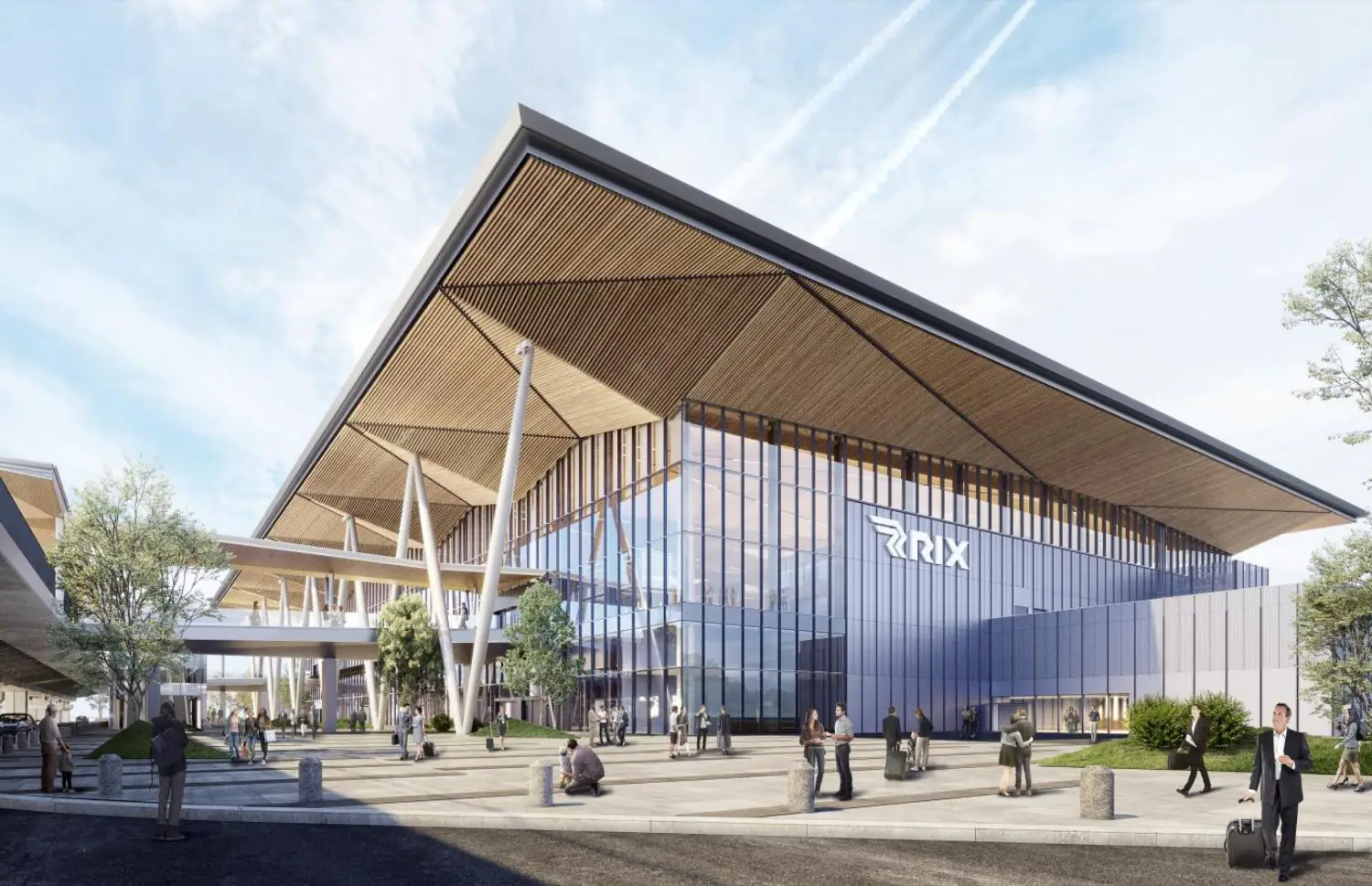
Согласно представленным данным, Рижский Special attention is also given to noise management. According to published data, Riga Airport already demonstrates one of the lowest noise impact levels among major European airports. Nevertheless, the new plan introduces additional measures — stricter monitoring, runway modernisation with noise-reduction technologies, and continued restrictions on residential development within high-noise exposure zones.
Financing
The total investment is estimated at around €800 million. The primary source of funding comes from the airport itself: most projects are financed through internal revenue — including airport fees, airline charges, and passenger tariffs. Government involvement is limited to targeted investments in safety and control, while major infrastructure projects are supported through partnerships with international financial institutions, including the European Bank for Reconstruction and Development (EBRD).


